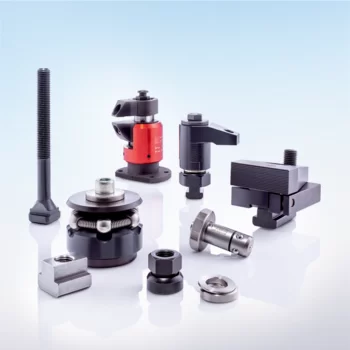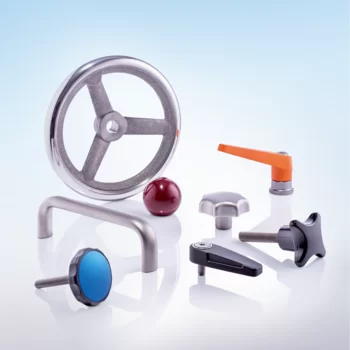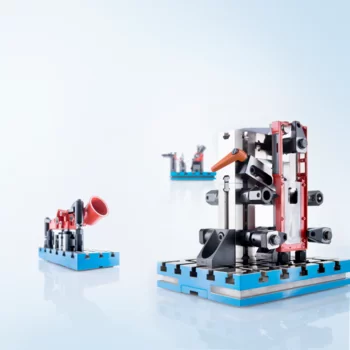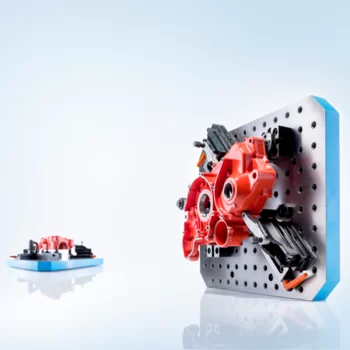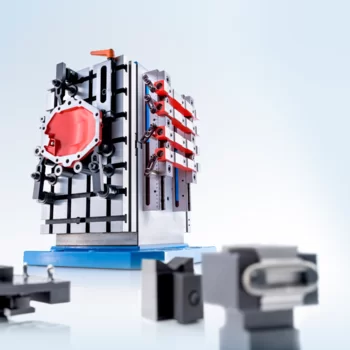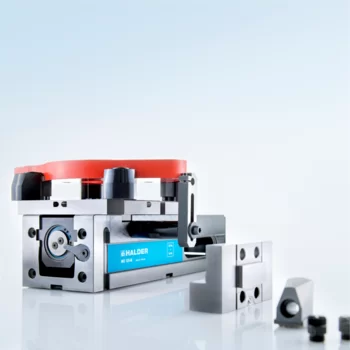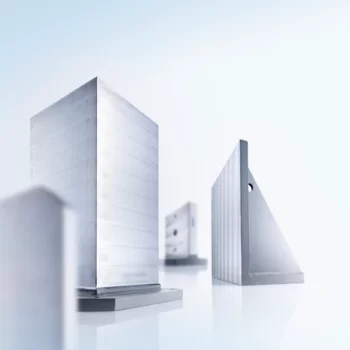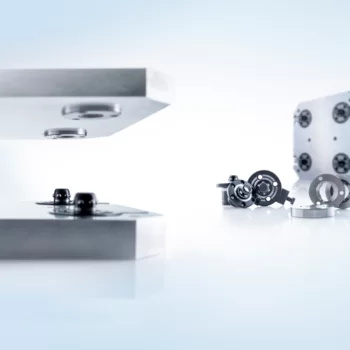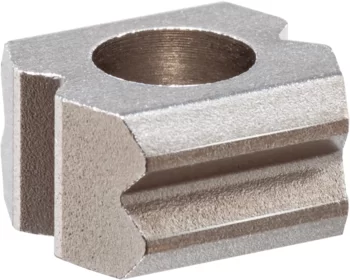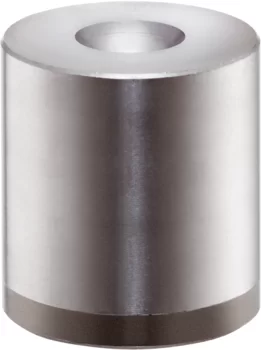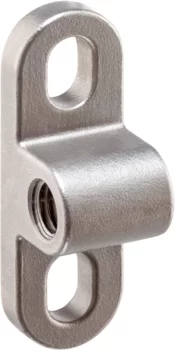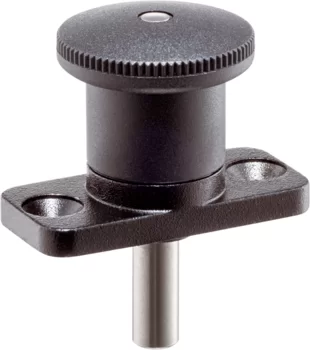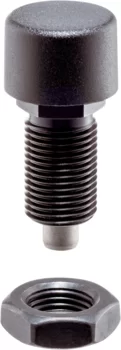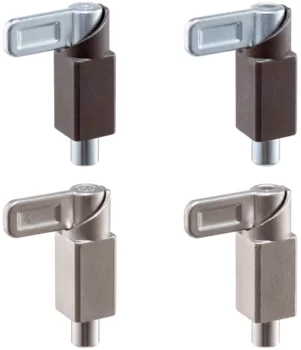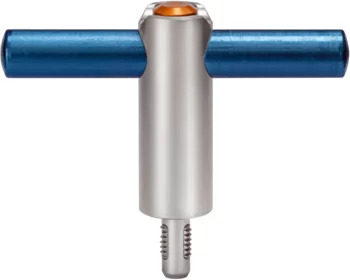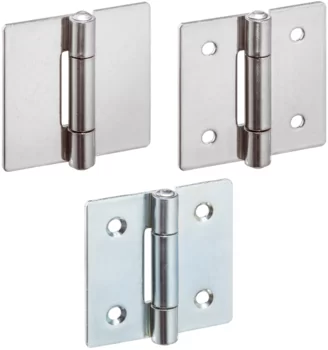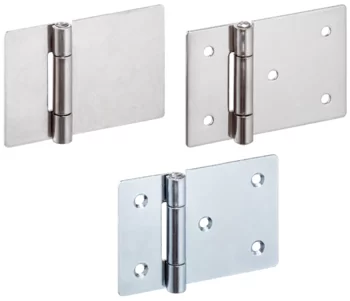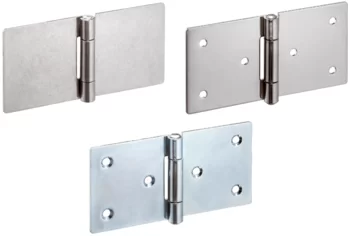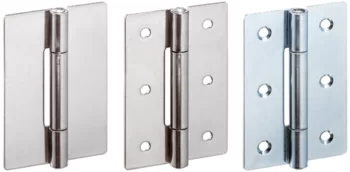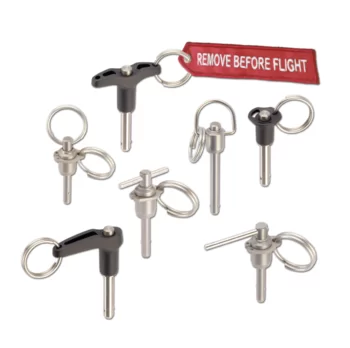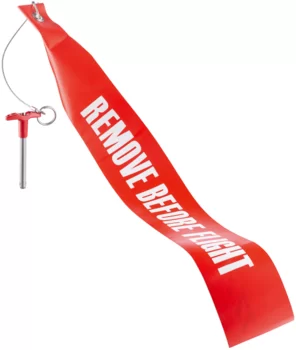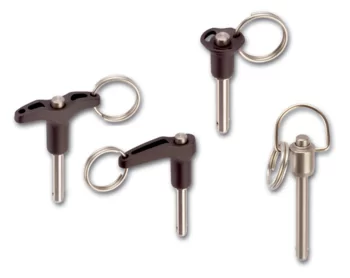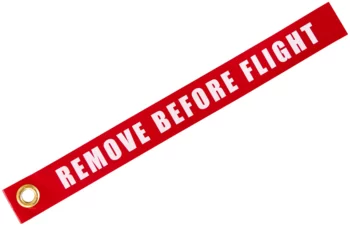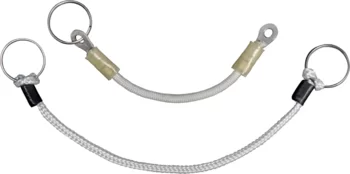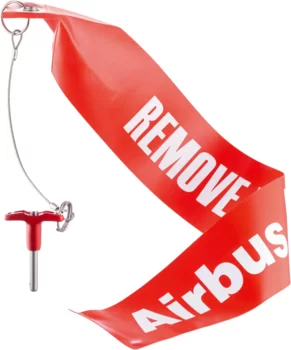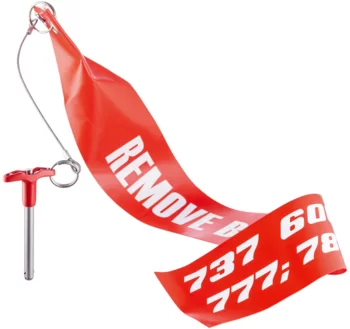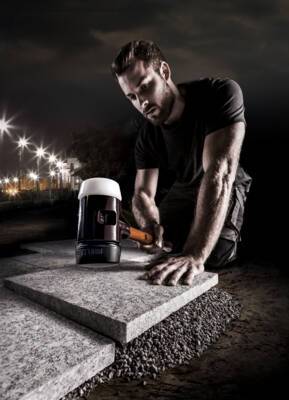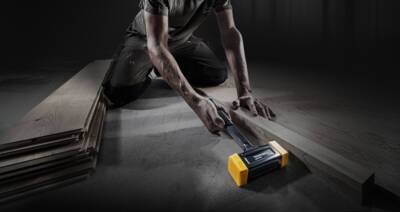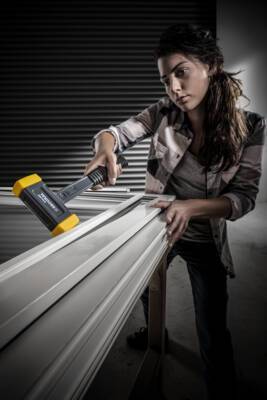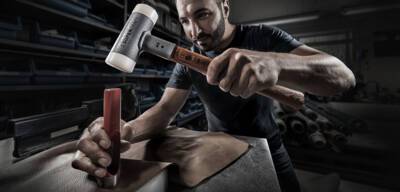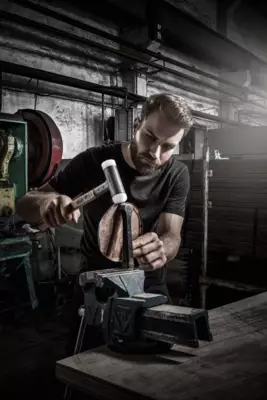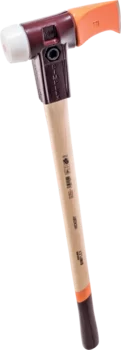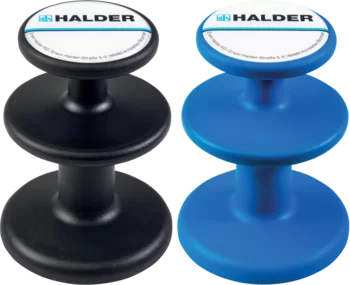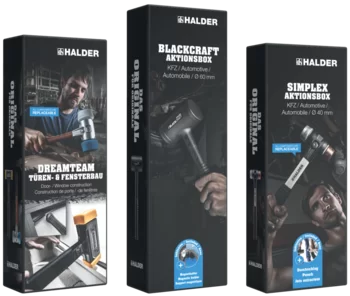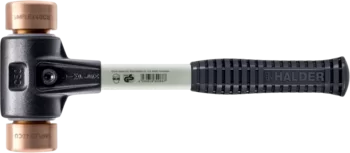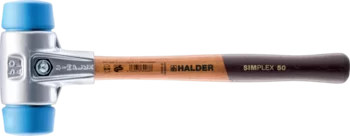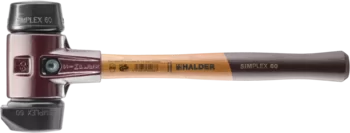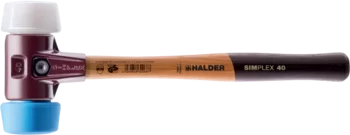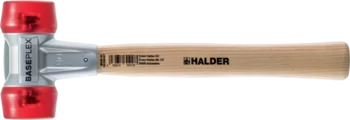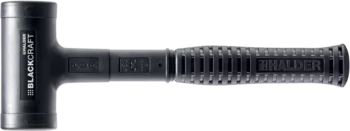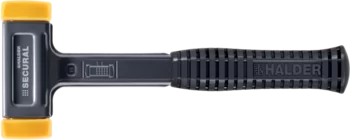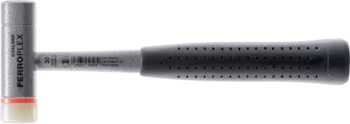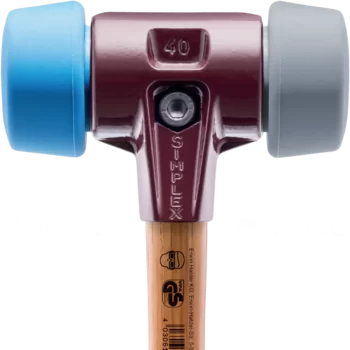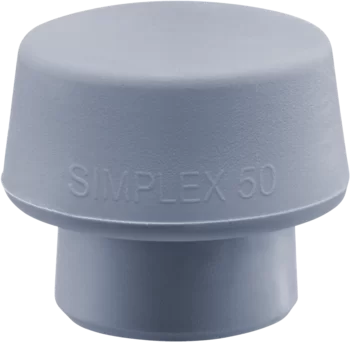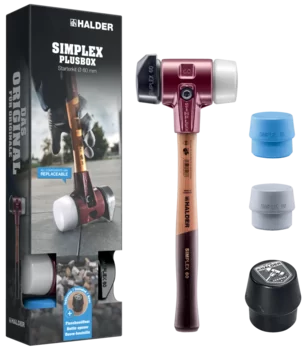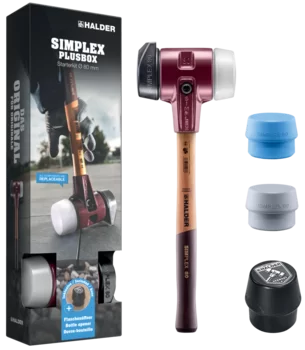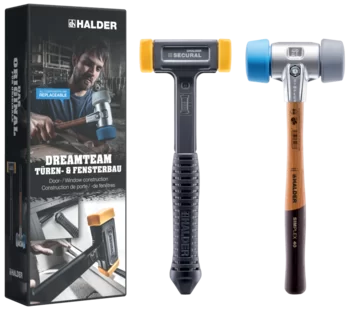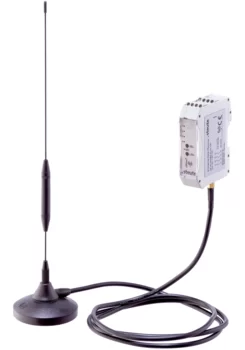-
Products
New Products
- Locators with bore hole, for spring plungers
- Locators smooth, for spring plungers
- Holders for spring plungers
- Index Plungers Mini Indexes with mounting flange
- Index Plungers with locking mechanism push-lock
- Index Bolts threadless, weldable
- Spring Push Plungers with mounting flange, horizontal
- Threaded Lifting Pins self-locking, with handle
- Bedding Supports
- Flat Knurled Nuts DIN 467
- Flat Knurled Thumb Screws DIN 653
- High Knurled Nuts DIN 466
- High Knurled Thumb Screws DIN 464
- Rubber Metal Buffers waisted
- Hinges
- Hinges
- Hinges elongated on one side
- Hinges elongated on both sides
- Hinges long version
Further Information:Product Groups- Forestry Tools
- Accessories
- Promotional Boxes
- SIMPLEX soft-face mallets, cast iron housing
- SIMPLEX soft-face mallets, reinforced cast iron housing
- SIMPLEX soft-face mallets, aluminium housing
- SIMPLEX soft-face mallets, cast iron housing, with "Stand-Up"
- SIMPLEX soft-face mallets, cast iron housing, 50:40
- SIMPLEX soft-face mallets, aluminium housing, 50:40
- SIMPLEX soft-face mallets, cast iron housing, extra short handle
- SIMPLEX soft-face mallets, cast iron housing, with "Stand-Up", extra short handle
- BASEPLEX soft-face mallets
- SIMPLEX sledge hammers, cast iron housing
- SIMPLEX sledge hammers, reinforced cast iron housing
- SIMPLEX sledge hammers, cast iron housing, with "Stand-Up"
- SUPERCRAFT soft-face mallets
- BLACKCRAFT soft-face mallet
- SECURAL soft-face mallet
- SUPERCRAFT sledge hammers
- FERROPLEX Combi Hammer
New Items- SIMPLEX soft-face mallets, 50:40 TPE-soft / TPE-mid; with cast iron housing and high-quality wooden handle
- SIMPLEX soft-face mallets, 50:40 TPE-soft / TPE-mid; with aluminium housing and high-quality wooden handle
- SIMPLEX insert, 50:40 TPE-mid, grey
- SIMPLEX Plus Box Starter Kit SIMPLEX soft-face mallet D60, rubber composition with "stand-up" / superplastic as well as one TPE-soft and one TPE-mid insert plus bottle opener
- SIMPLEX Plus Box Starter Kit SIMPLEX soft-face mallet D80, rubber composition with "stand-up" / superplastic as well as one TPE-soft and one TPE-mid insert plus bottle opener
- SIMPLEX Promotional Box Automotive SIMPLEX soft-face mallet D40, copper / soft metal plus puncher
- BLACKCRAFT Promotional Box Automotive BLACKCRAFT soft-face mallet D60 plus Magnetic Holder
- Promotional Box Dreamteam Door and Window Construction SIMPLEX soft-face mallet 50:40, TPE-soft / TPE-mid and SECURAL plus soft-face mallet
- Service
- Newsroom
- Company
- Contact
Radio Receivers for retrieval unit
EH 22810.
For cable-free reception of the signal from the retrieval unit.
The antenna receives the radio signal from the retrieval unit, and transmits it via a cable connection to an input for the receiver. This activates the corresponding output (the make-contact). For each receiver, a maximum of four radio channels can be received.

Your selection resulted in 1 hits
More details

- universal radio receiver and radio antenna
- l: 70 mm
- b: 23 mm
- h1: 90 mm
- d: 70 mm
- h2: 350 mm
- Weight: 447 g
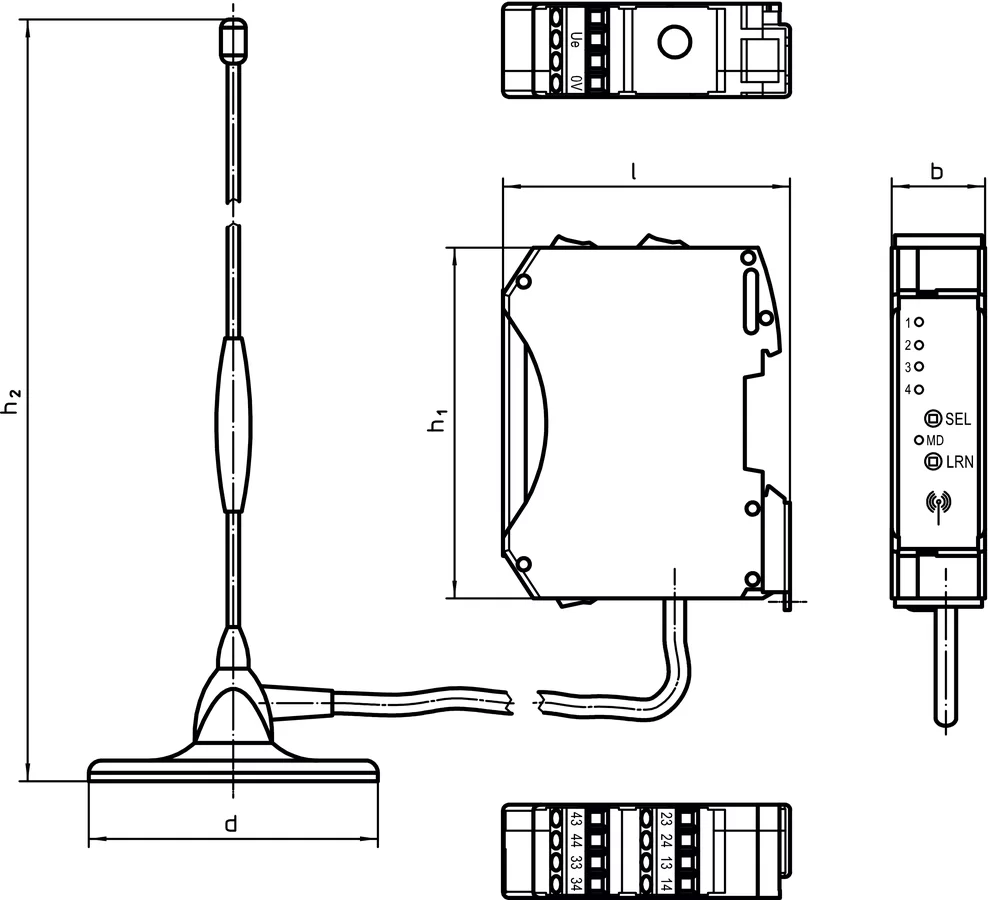
Notes
Further information on request.
RoHS compliant
Compliant according to Directive 2011/65/EU and Directive 2015/863.
Does not contain SVHC substances
No SVHC substances with more than 0.1% w/w contained - SVHC list [REACH] as of 27.06.2024.
Does not contain Proposition 65 substances
No Proposition 65 substances included.
https://www.P65Warnings.ca.gov/
Free from Conflict Minerals
This product does not contain any substances designated as "conflict minerals" such as tantalum, tin, gold or tungsten from the Democratic Republic of Congo or adjacent countries.
How is the position of a component monitored by the retrieval unit?
The retrieval sensor contains a button that is operated by an overlying component.
Where is the retrieval sensor located?
The retrieval sensor is positioned on the outside of the body. The adjustable body allows the height to be set.
Which temperature ranges are allowed?
The sensor cable is designed to withstand temperatures of up to 180°C for short periods and is thus protected against chips, for example. The button can withstand temperatures of up to 120°C and is additionally protected against chips by the support of the workpiece.
How is the retrieval unit protected against dust and dirt?
Sensor (button): IP6K7, radio transmitter: IP67, radio receiver: IP20
Which seating elements can be used with the retrieval unit?
Seating elements with the following EH article number can be used: Size M8: 22690.0021 / .0121 / .0221 / .0321 / .0421 and 22691.0122 / .0021 / .0222. Size M12: 22690.0001 / .0002 / .0101 / .0102 / .0201 / .0202 / .0301 / .0302 / .0401 / .0402 and 22691.0143 / .0041 / .0042 / .0243
How to position the retrieval unit in the machine room?
The retrieval unit can be screwed into an M8 or M12 thread. The Halder base plate with slot tenons of the V40 or V70 system is suitable for this purpose.
How is the electrical power supply provided?
The radio transmitter is powered by an AA battery (3.6V) (not included in the scope of delivery). Depending on use, this battery lasts between 300 - 1400 days. The radio receiver has a supply interface: rated operating current/voltage Ie / Ue max. 0.1A / 24VDC -15%...+10%.
How is the retrieval signal transmitted wirelessly?
The electrical signal is converted into a radio signal by means of a radio transmitter and again into an electrical signal by the antenna of the radio receiver. Thus, the signal can be transmitted without having to lead a cable out of the engine room.
What kind of signals are transferred at the radio receiver?
Input: radio signal via antenna (frequency 868.3MHz). Output: electrical signal: 3A / 250VAC; 3A / 24VDC
What is the range of the radio signal?
The signal has a range of approx. 40m in closed rooms. In engine rooms, the range also depends on the type of cladding.
Contacts
Contact Standard Parts Contact Workholding Systems Contact Aviation Products RepresentativeContact Form
Information Material
Information material Standard Parts Information material Workholding Systems Information material Aviation ProductsNews
Have a look to our current new parts:
Threaded Lifting Pins with handle Bedding Supports Spring Push Plungers Accessories for spring plungers Index Plungers / Index Bolts Damping Elements Hinges Knurled Nuts / Knurled Thumb Screws
